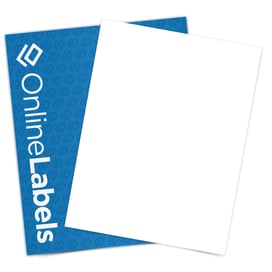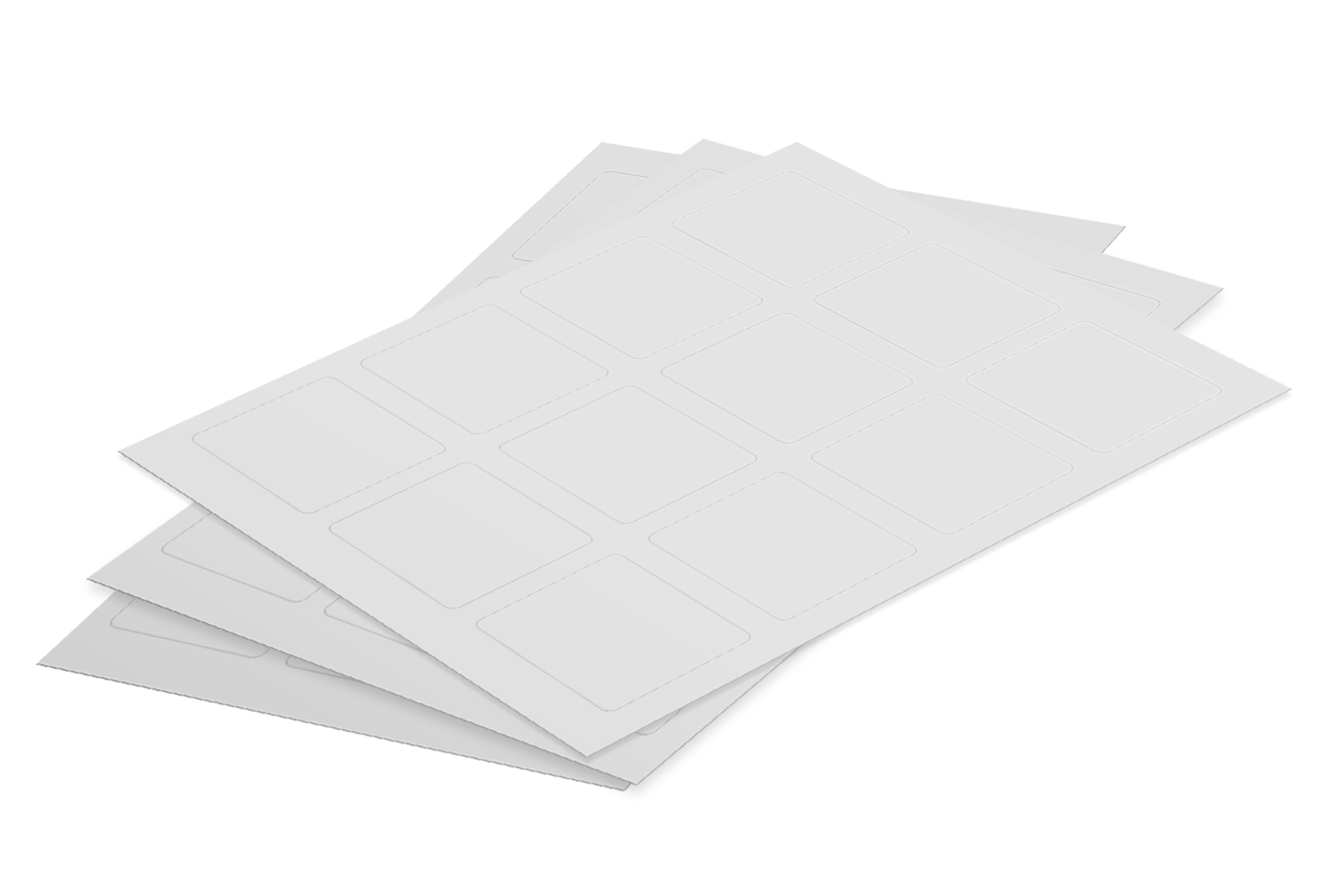Understanding Exactly How Blank Labels Work to Improve Your Labeling Experience
Understanding the auto mechanics of blank labels is necessary for maximizing your labeling techniques across numerous contexts. These flexible devices use significant benefits, such as customization and versatility, making them a fitting option for both professional settings and individual use. From stock administration to home company, the effects of their strategic application can lead to boosted performance. To fully comprehend exactly how these labels can change your processes, one must take into consideration the various types offered and the myriad methods they can be customized to match particular demands.

Benefits of Using Blank Labels
Blank labels use a functional service for various labeling demands, making them indispensable in both individual and expert setups. Their flexibility permits individuals to produce personalized labels tailored to particular demands, improving organizational efficiency. Whether used in home workplaces, retail atmospheres, or industrial applications, blank labels promote the identification and categorization of items, papers, and personal items.
One significant benefit of blank labels is their cost-effectiveness. By permitting individuals to publish only the labels they need, waste is lessened, and supply administration comes to be a lot more workable. Furthermore, blank labels work with different printing methods, including inkjet and printer, making them obtainable for different customers.

Additionally, using blank labels streamlines the procedure of updating info, as customers can conveniently print brand-new labels to replace obsolete ones, making certain that all products and records are accurately identified. Overall, blank labels offer a functional and effective labeling remedy for diverse applications.
Kinds Of Blank Labels Available
What options are readily available when it pertains to blank labels? Blank labels be available in a range of kinds, each matched for different applications and preferences. The most usual kinds include paper labels, which are functional and cost-effective, making them suitable for everyday usage. They are offered in various surfaces, such as matte and shiny, permitting aesthetic adaptability.
Another popular choice is synthetic labels, frequently made from materials like polyester or vinyl. These labels are understood for their longevity and resistance to water, chemicals, and tearing, making them suitable for severe atmospheres. They are frequently utilized in industrial setups or for labeling items that may be subjected to wetness.
Additionally, there are thermal transfer labels, which require a printer that makes use of warm to transfer ink onto the tag surface. These labels are favored for their high-quality print and long life.
Last but not least, specialized labels provide to particular needs, such as detachable labels for short-lived use or high-temperature labels for severe conditions. Understanding these alternatives enables customers to choose one of the most proper blank tag for their distinct labeling needs.
Personalization Options for Labels
A wide selection of personalization options is readily available for labels, allowing customers to tailor them to certain needs and branding demands. Customers can choose from numerous sizes, forms, and materials to make sure that the labels effectively fit their designated objective. Common materials include paper, polyester, and plastic, each using various degrees of sturdiness and visual charm.
Shade options play an important duty in customization, enabling brands to maintain uniformity with their business identification. Users can pick from a spectrum of colors and even select custom printing to match specific branding components. Additionally, labels can be published with special styles, logos, and text, boosting brand name recognition and aesthetic influence.
One more essential aspect is the choice of adhesive. Tags can be made with long-term, detachable, or repositionable adhesives, relying on Web Site the application demands. This flexibility permits efficient labeling services throughout different settings, from retail to industrial setups.

Tips for Effective Labeling
Efficient labeling goes beyond customization; it also entails tactical factors to consider that improve functionality and interaction. To accomplish effective labeling, start by clearly specifying the purpose of each tag. Consider the details that needs to be conveyed and guarantee it exists in a straightforward way. Using succinct language and staying clear of jargon can dramatically improve understanding.
Following, focus on exposure by picking proper colors and typefaces. High comparison in between message and history boosts readability, while bigger fonts assist in quick recognition. Furthermore, guarantee that labels are positioned in a regular and rational manner, making it simpler for individuals to locate and translate details.
Consider the toughness of labels. Pick materials suited for the specific environment where the labels will be used, whether it be inside or outdoors. Water resistant or tear-resistant options might be necessary relying on the context.
Finally, consistently evaluation and upgrade your labels to reflect any type of changes in details or usage. This positive strategy not just maintains clarity but additionally avoids complication over time. By complying with these pointers, you can make best use of the efficiency of your labeling initiatives, ensuring they serve their designated function effectively.
Applications of Blank Labels
Blank labels supply numerous applications across various sectors, making them an indispensable tool for organization and communication. These versatile labels are typically made use of in warehouses for inventory management, allowing organizations to conveniently recognize and track products. By applying blank labels to storage space bins, shelves, or pallets, companies can streamline their procedures and minimize the chance of mistakes.
In the healthcare field, blank labels play an important role in labeling drugs and clinical products, making sure appropriate identification and use. Customizable labels can include essential information such as dose, expiry dates, and person information, enhancing security and conformity.
In retail, blank labels aid in prices items, supplying promotions, or identifying rack areas, which ultimately boosts the client experience. They permit for fast updates to pricing or product info without the requirement for pre-printed labels.
Moreover, blank labels are useful for individual usage, such as arranging office, crafting, or identifying food containers. Their adaptability permits people to produce tailored remedies that fulfill certain requirements. In general, the applications Web Site of blank labels are considerable, highlighting their relevance in cultivating effectiveness and quality in numerous setups.
Final Thought
In conclusion, blank labels present a flexible and effective service for various labeling demands. Their versatility in dimension, shape, and material allows for customized applications throughout various environments. By leveraging customization alternatives and efficient labeling strategies, organizations can enhance clarity and communication (Blank navigate to this site Labels). Inevitably, the integration of blank labels right into operational processes adds to boosted effectiveness, making them an invaluable source for both personal and expert usage.